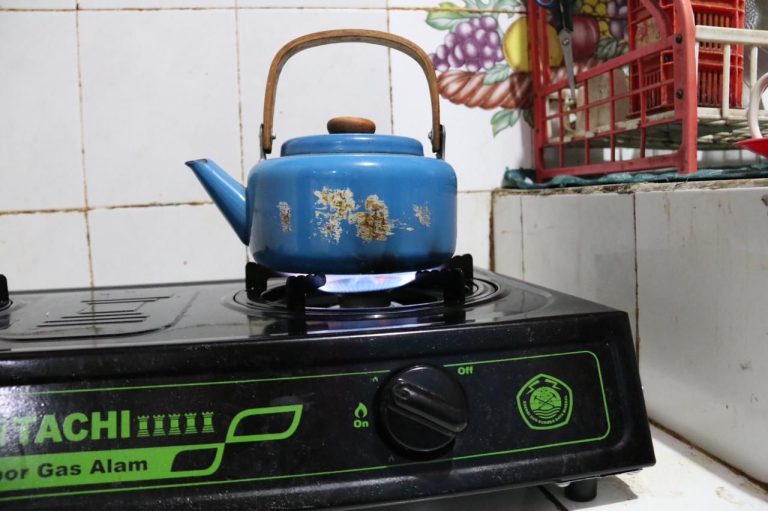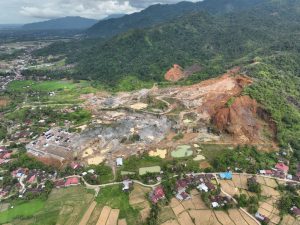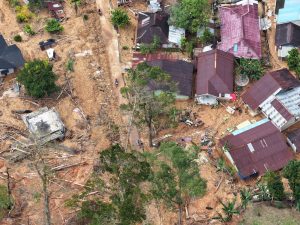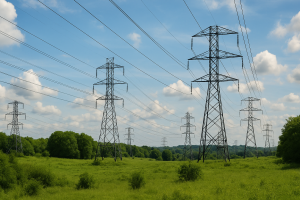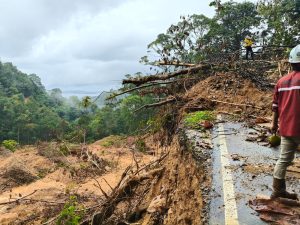Jakarta – Experts and economists voice the need to optimise the Household Gas Network (Jargas) as an environmentally friendly and budget-efficient substitute energy. The Indonesian government faces major challenges in managing energy sustainability, subsidy budget efficiency, and implementing environmentally friendly energy.
Center of Reform on Economics (CORE) economist Yusuf Rendy Manilet emphasises prioritising natural gas reserves as an alternative energy for the community. With Indonesia’s large gas reserves, the intensification of the Jargas program is considered a concrete solution to reduce the energy subsidy budget that continues to increase yearly.
“The use of gas by households in proportion is still relatively small, so the government has room to develop Jargas as an alternative to LPG at this time,” he said in a written statement.
Based on data from the Ministry of Energy and Mineral Resources (EMR), Indonesia’s gas reserves reached 2,269 trillion British Thermal Units (tBtu) by 2023, enough to meet domestic needs for the next 60 years. The economic and environmental benefits of Jargas can provide a more sustainable alternative.
Furthermore, Manilet believes the government can seek alternative funding through Public-Private Partnership (PPP) schemes to support Jargas infrastructure. As a contributor in optimising the use of natural gas, PGN (Perusahaan Gas Negara) has been actively developing Jargas infrastructure.
Energy observer Iwa Garniwa highlighted the important role of Jargas in developing gas availability and community access to energy. With Jargas, it is hoped that people can switch from dependence on LPG, which has also needed to be more accurate in subsidy distribution.
With more people using Jargas, the energy subsidy budget is expected to be managed more efficiently.
“The development of Jargas is not only considered an environmentally friendly energy solution but also as a strategy to reduce LPG imports that dominate energy resources,” said Iwa.
The government has built Jargas infrastructure with the state budget and PGN mechanisms. As of December 2023, around 800,000 house connections (SR) of active Jargas customers managed by PGN have been realised.
PGN data noted that in 2024, the target of additional Jargas customers reached around 117,000 house connections (SR). So, the projection of Jargas customer management until the end of this year reaches more than 900 thousand SR.
In the context of budget efficiency, Jargas is considered a strategic step to reduce energy subsidies, which reached Rp 159.6 trillion in 2023. Rp 95.7 trillion of this is for fuel and LPG subsidies.
In 2024, the overall energy subsidy target is IDR 186.9 trillion. Likewise, fuel and LPG subsidies will increase to IDR 113.3 trillion. (Hartatik)

